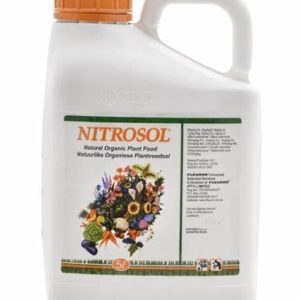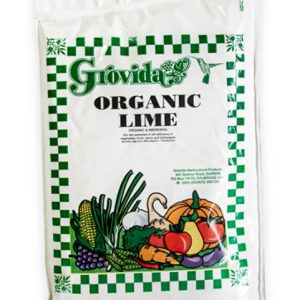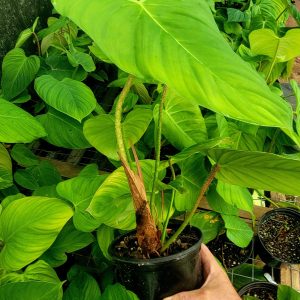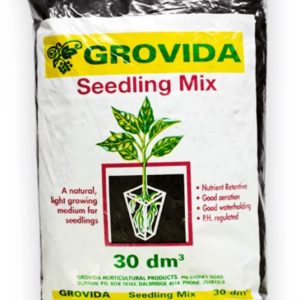Focal points are essential in any garden design, as they draw the eye and create interest. Selecting the right focal point can transform a simple garden into a captivating space. Here are some ideas for effective focal points:
1. Statement Planting
A bold, statement plant can serve as a stunning focal point. Consider using a large, unique specimen tree, a vibrant flowering shrub, or a striking ornamental grass. Plants like crotons, coleus, or a showy hydrangea can act as eye-catching centrepieces in your garden.
 2. Sculptural Elements
2. Sculptural Elements
Incorporate sculptures or garden art to add an artistic touch to your garden. A large sculpture, a decorative birdbath, or a whimsical garden ornament can serve as a conversation starter and create visual intrigue. Position these elements where they can be easily seen from different angles.
3. Trellises and Arches
Using trellises or garden arches can create vertical interest while serving as a focal point. Train climbing plants like bougainvillea, sandpaper vines, jade vines, or climbing roses to grow over them, providing seasonal colour and texture. This adds height to your garden and creates a beautiful frame for views beyond.
4. Water Features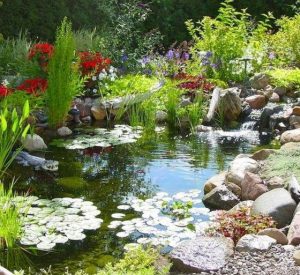
As previously mentioned, a small water feature can be a stunning focal point. Whether it’s a pond, a bubbling fountain, or a simple birdbath, the sound and sight of water can create a serene atmosphere. Position it centrally or at the end of a pathway to draw visitors in.
5. Unique Seating Areas
A beautifully designed seating area can serve as both a functional and aesthetic focal point. Use colourful chairs, a stylish bench, or a swing to create a charming nook. Surround the seating with plants or decorative stones to enhance its appeal and create a relaxing space to enjoy your garden.
6. Pathway Endings
Design pathways that lead to a focal point, such as a bench, a sculpture, or a vibrant flower bed. This not only directs movement through the garden but also creates anticipation as visitors approach the focal feature. Use contrasting materials or colours for the pathway to make it stand out.
7. Layering Focal Points
Consider incorporating multiple focal points throughout your garden to create depth and interest. Use a mix of larger and smaller focal points to guide the eye around the space. For example, a large tree can anchor one section, while a series of smaller pots or sculptures can create interest in another area.
8. Seasonal Focal Points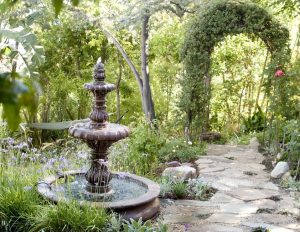
Change your focal points with the seasons to keep your garden dynamic. In spring, vibrant flowering plants can take centre stage, while in autumn, colourful foliage can become the focal point. In winter, consider using aloes or evergreen plants such as conifers.
9. Creating a View
If your garden has a particular view, such as a landscape or neighbouring garden, consider framing it as a focal point. Use plants, trellises, or decorative screens to create a natural frame that highlights the view. This draws attention to the beauty beyond your space while adding structure to your garden.
10. Lighting as a Focal Point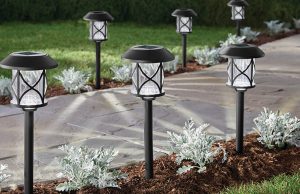
Incorporating lighting into your focal points can dramatically enhance your garden's ambience, especially at night. Use solar spotlights to illuminate sculptures, plants, or water features, creating a stunning glow. String lights can add a whimsical touch to seating areas or along pathways, making these spaces inviting after dark.
11. Personal Touches
Finally, remember that your garden should reflect your personality. Incorporate personal touches that resonate with you, whether it’s a favourite quote on a garden plaque, handmade pottery, or a collection of cherished items. These elements can become focal points in their own right, adding character and warmth to your small garden.
Conclusion
Incorporating focal points such as statement plants, sculptures, or unique seating areas can significantly enhance the beauty and functionality of your garden. Additionally, embracing vertical gardening, themed areas, and seasonal interest will further elevate its charm. Remember, the key to success in a small space is creativity and thoughtful planning. Whether you prefer a low-maintenance approach or wish to cultivate a diverse array of flora, the possibilities are endless.





